Q2.What might an everyday menu look like?
In a world where prehistoric animals have returned, women make up the majority of leaders and we value leafy greens.
By Tucker Cholvin
In a world where prehistoric animals have returned, women make up the majority of leaders and we value leafy greens.
I'll start by thinking about what might happen if prehistoric animals returned. I think the obvious thing here is that if we figure out a way to bring prehistoric animals back, people are going to want to eat them. (Which as a vegetarian I think is so depressing.) But I would also expect that the cost of producing and raising a mammoth, for example, would be so high (think of the land and the food required) that it would be unlikely to appear on an “everyday” menu. It would be too costly to order a mammoth steak at mid-tier restaurant; instead I think that it would become something reserved for the ultra-rich. (Also, I can imagine an exciting world of milks and cheeses that could be produced from prehistoric animals—mammoth muenster!)
A likelier way that bringing back prehistoric animals could impact everyday menus though is branding: I can easily imagine fast food restaurants and other chain restaurants capitalizing on public interest and excitement by offering “Mammoth Whoppers” and other items to appeal to public interest. (Sort of like the way that restaurants use images of buffalo to sell Buffalo wings, despite the fact that they are made of chicken.) Also The Flintstones would probably make a massive culture comeback.
We value leafy greens in this world—now there’s a world I can get behind! The first change to menus that comes to mind is that we might see more adaptations of vegetables into other foods, like kale smoothies and vegetable pasta today. These things already exist today, but there are probably many more that we could apply. Kale-almond milk? Shredded greens instead of rice in dishes? More dishes like colcannon?
I think a key think is how people are going to sell vegetables or otherwise re-brand them to make them sexy. There could be ways to package vegetables in unit-dose formats (like patties, or in meatballs, or like bouillon) that you could throw into a dish (“E-Z Kale”!). This would let companies more aggressively brand it and sell it at higher marginal prices.
Another change I could imagine to menus in a world where we value leafy greens is them being reorganized! We often give meat-based dishes prime real estate at the bottom of the page, in big sections with large type, while salads and their friends are stuffed into small sections in weird places of menus. I have spent a lifetime looking for them.
I think that women making up a majority of the world’s leaders could have huge impacts on menus. First of all, I think that the menus for public school lunches and food assistance programs (SNAP in the U.S.) would be expanded to be more generous and healthier. I have more confidence in women leaders to implement better and more effective social policies like this because they have more experience as caregivers and mothers.
More broadly, I wonder if having a global majority of women leaders would help to “de-gender” food. We relentlessly gender our food in ways that I find so weird. Nachos and steaks and heavy, decadent meals are considered masculine, whereas salads, yogurt, and “healthy” foods are constantly branded as feminine. (E.g. women laughing alone with salad.) So I think having a majority of women leaders could have two impacts: Either these foods begin to be de-gendered, as women in leadership positions shift our own perceptions of gender roles and expectations. Or, more interestingly, I wonder if some foods could be re-gendered, where “feminine” foods start to connote strength and power. I look forward to buying something like “POWER YOGURT” in this future scenario.
More alternative spaces
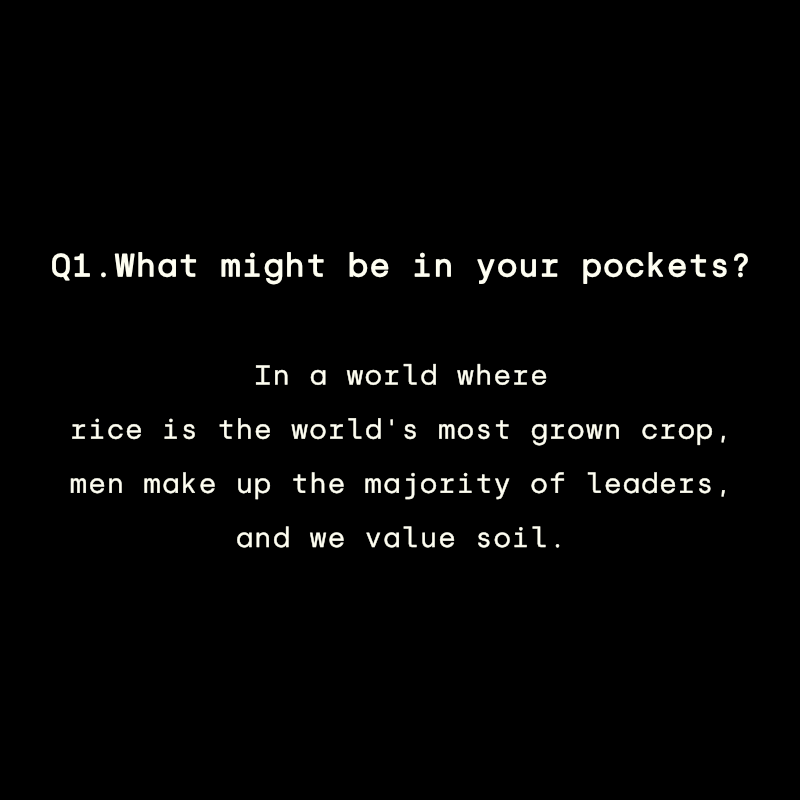
Question 1 - TuckerProject type
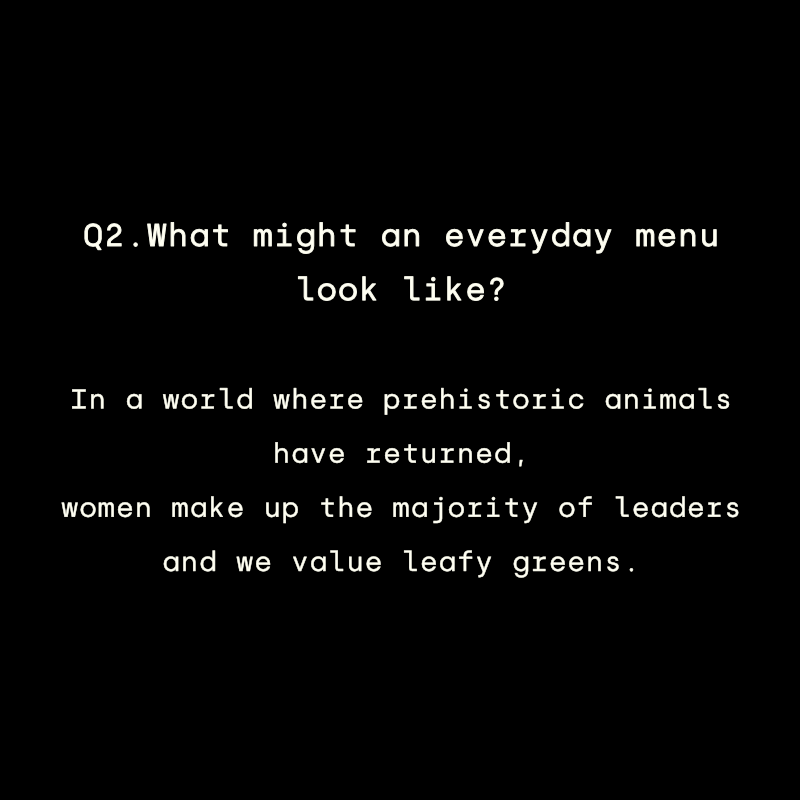
Question 2 - TuckerProject type
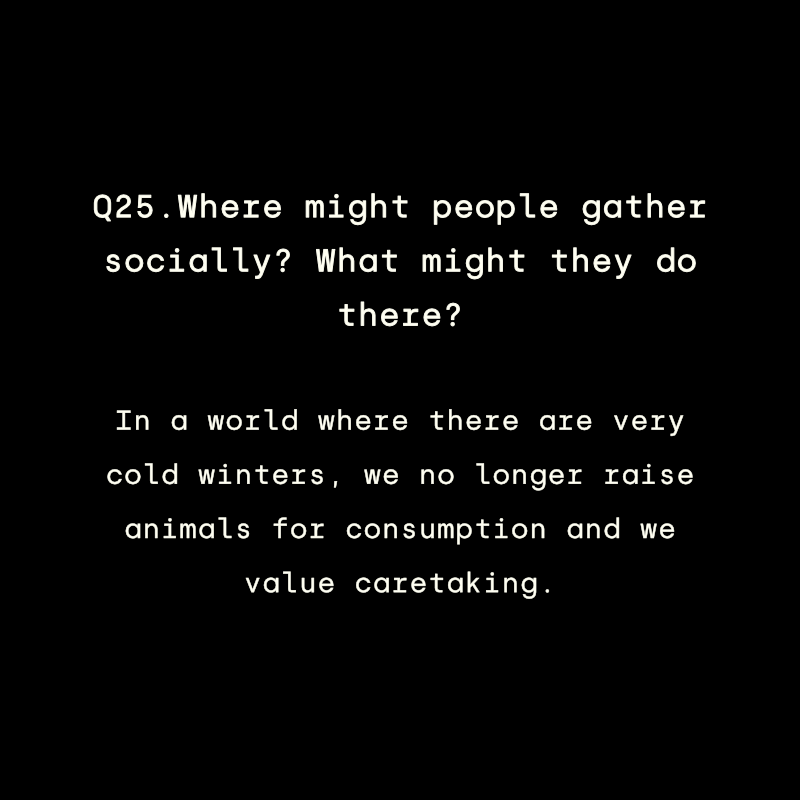
Question 25 - AnonProject type
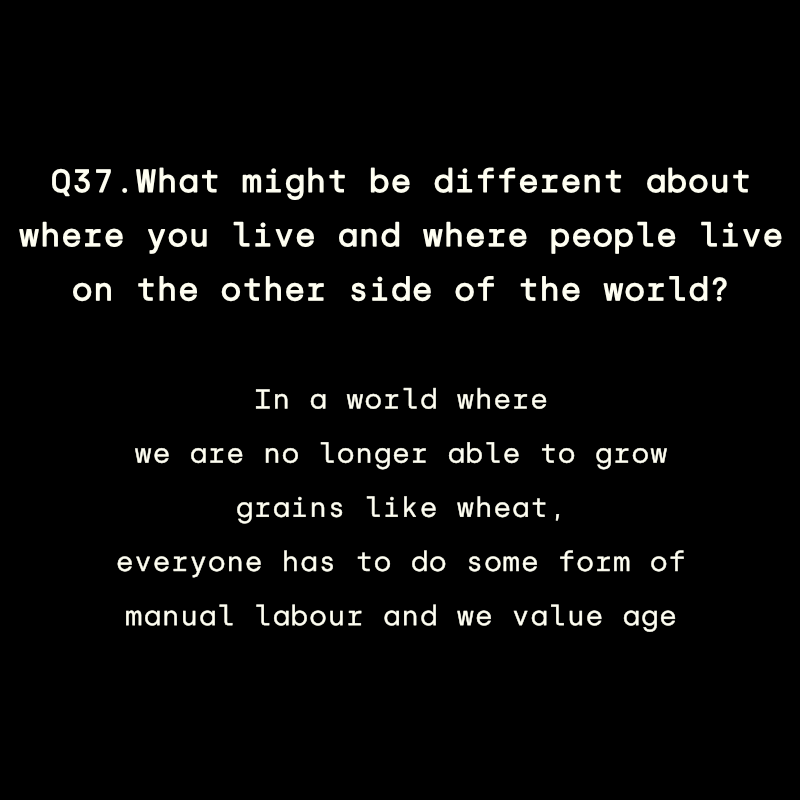
Question 37 - AnonProject type

Question 1 - NatalieProject type
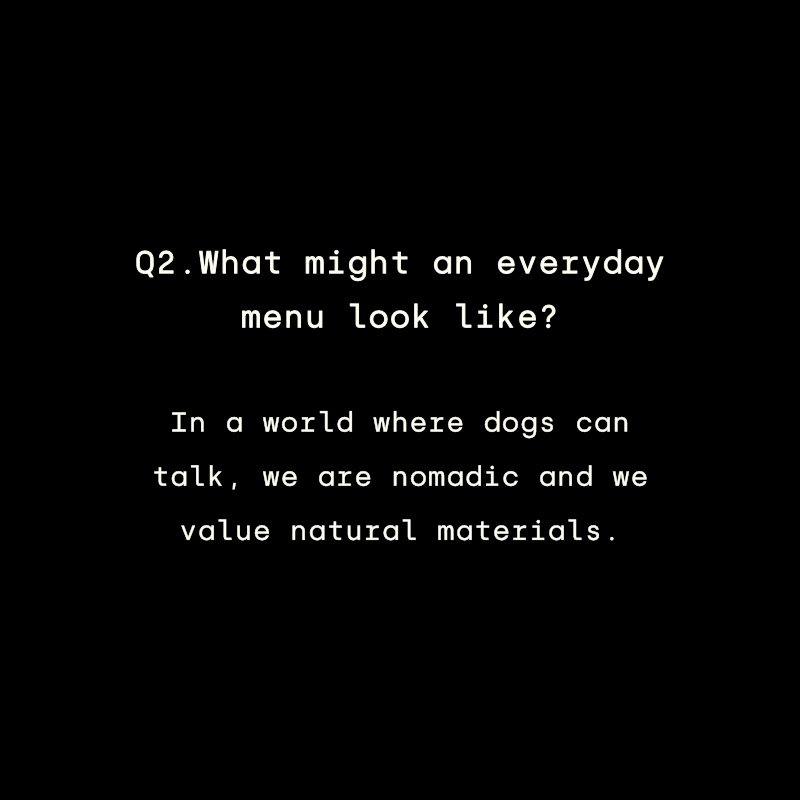
Question 2 - NatalieProject type
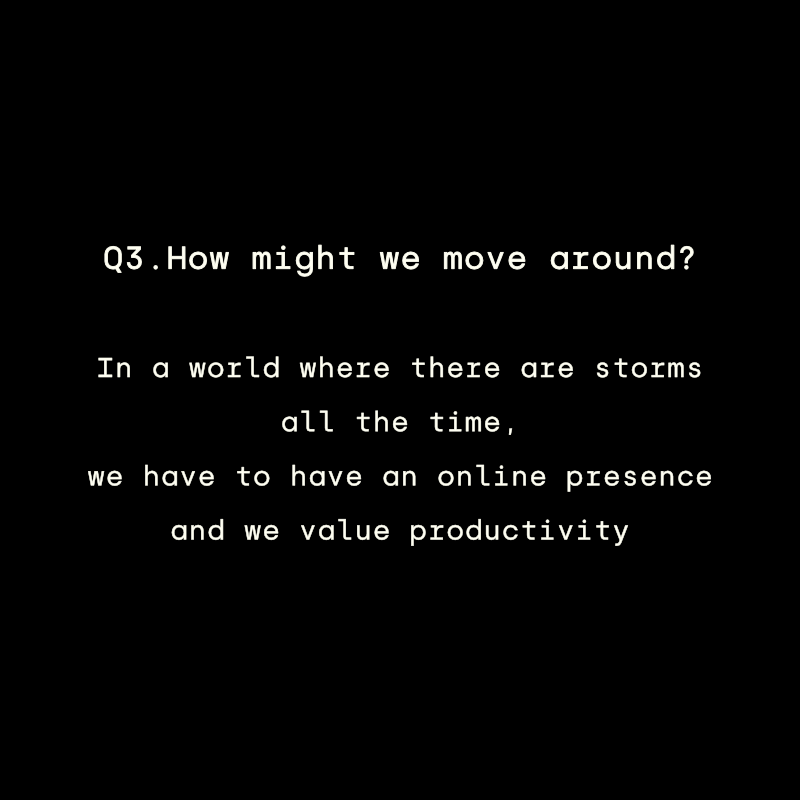
Question 3 - NatalieProject type

Question 4 - NatalieProject type
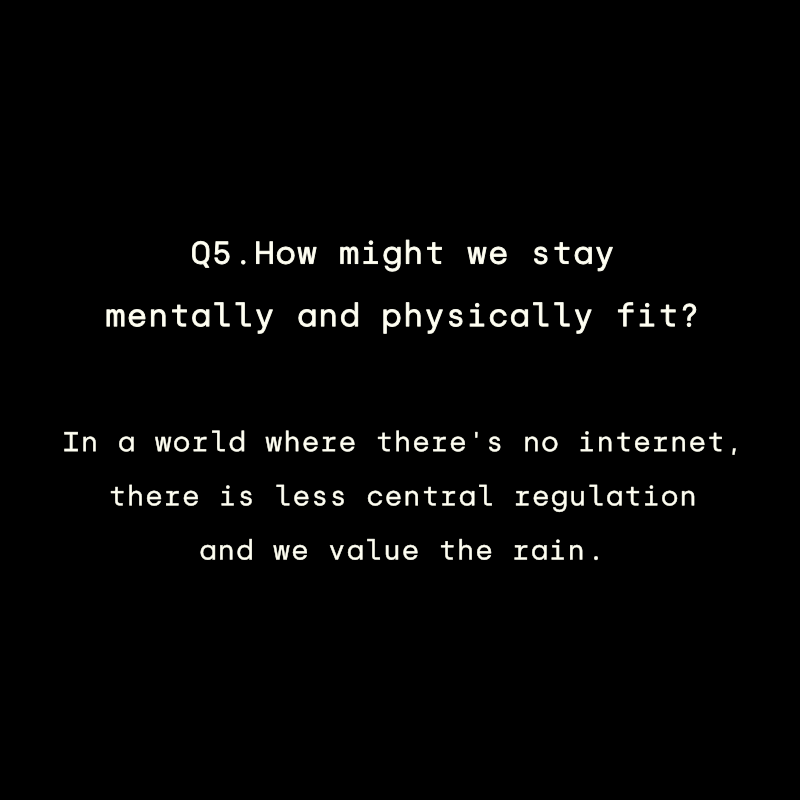
Question 5 - NatalieProject type

Question 3 - TuckerProject type

Question 6 - NatalieProject type
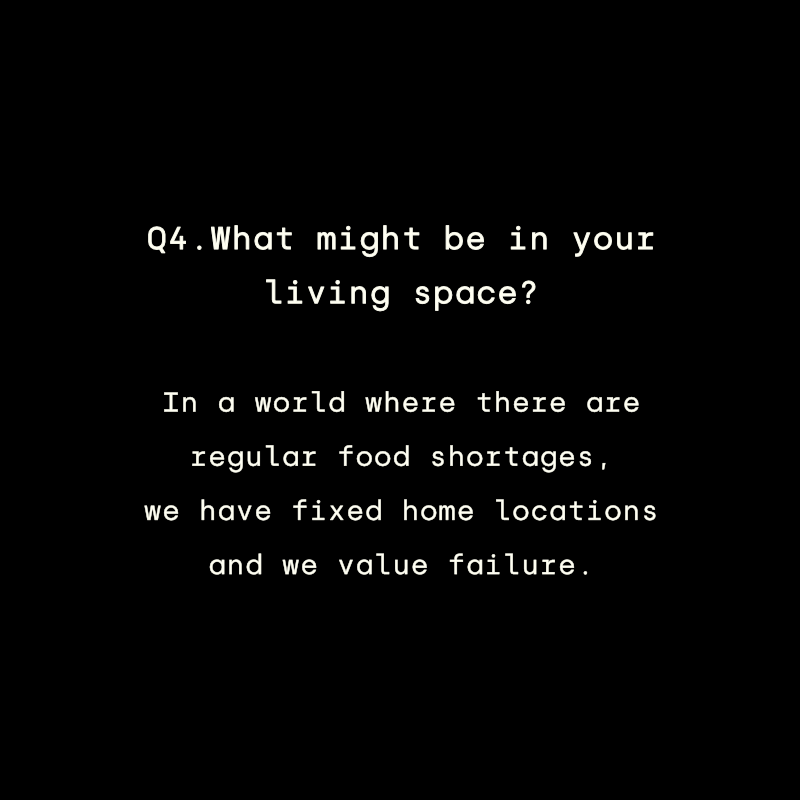
Question 4 - TuckerProject type
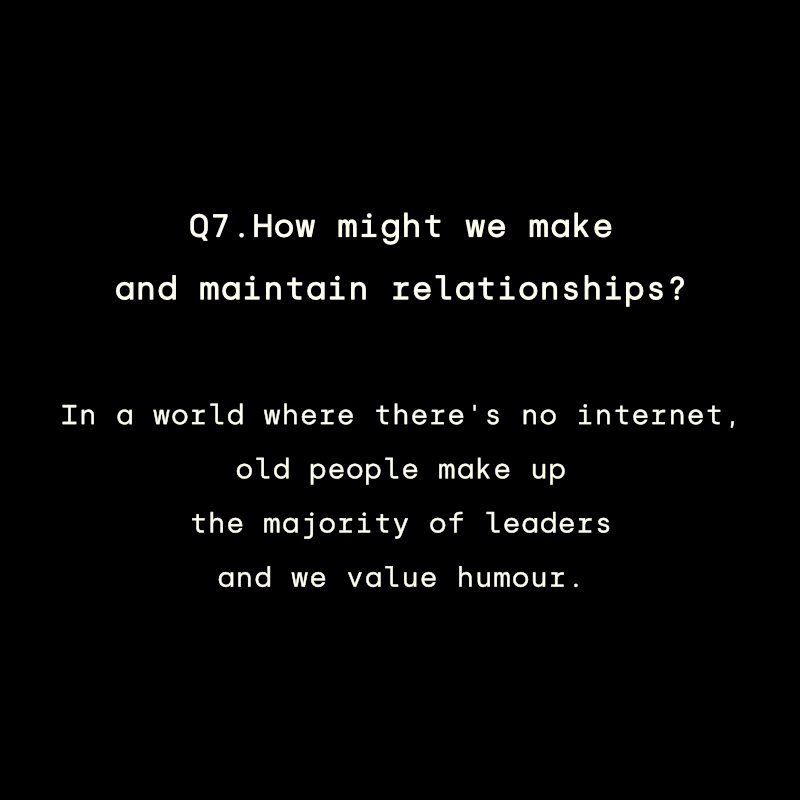
Question 7 - NatalieProject type
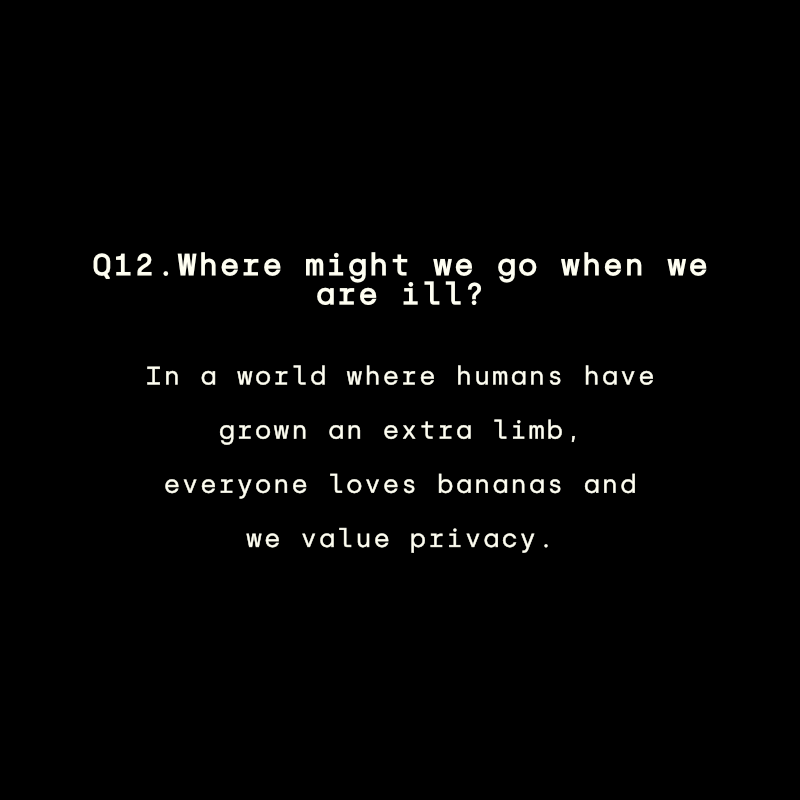
Question 12 - TuckerProject type
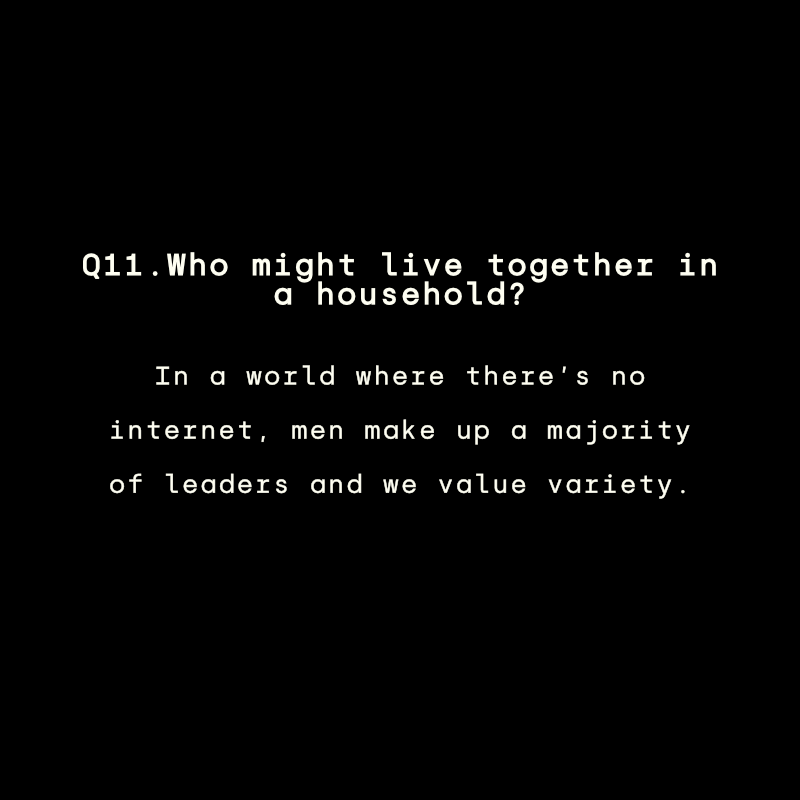
Question 11 - TuckerProject type
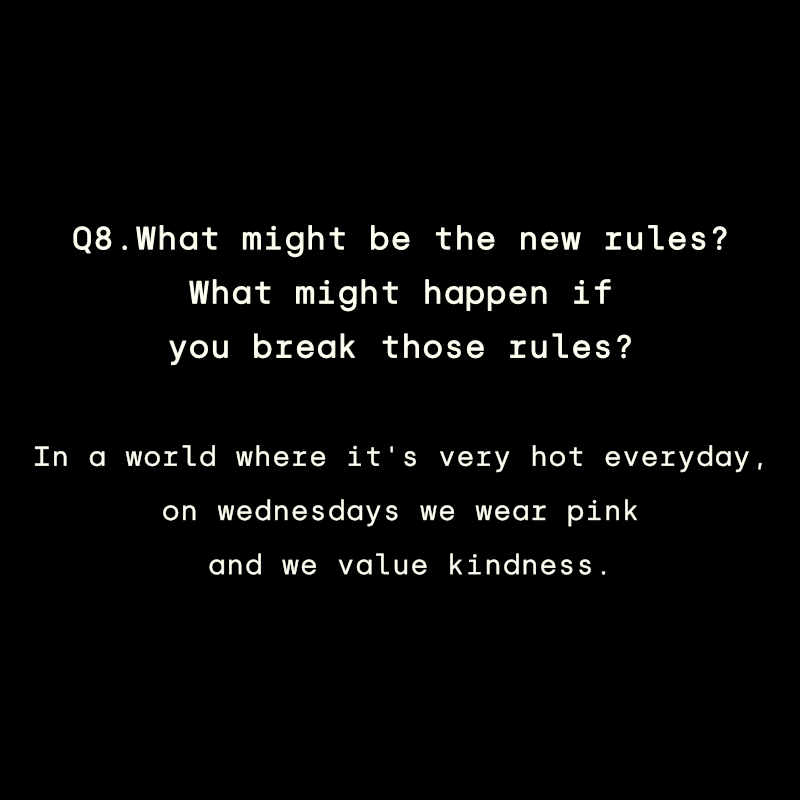
Question 8 - NatalieProject type

Question 29 - AnonProject type
Imagining Future Spaces is a project by Natalie Harney designed to support and inspire conversations about what alternative worlds might look and feel like.
Site Links
©Natalie Harney 2020, made with Semplice